Since arriving in Canada in 2019, I have lived in Scarborough, a district of Toronto. It is a place for which I have much affection. However, affection does not buy you a home. Money does, and with Toronto’s skyrocketing house prices, we would have needed an awful lot just to buy a very basic condominium. As a result, my wife and I made the decision to leave Scarborough at the end of 2021. We now make our home in the downtown core of Canada’s charming capital of Ottawa. For us, one of the great joys of being in a new city is exploration.
Our inevitable first port of call when exploring is a city’s used bookshops and Ottawa was no exception. We found our way to a charming store named Barely Bruised Books. Upon entry, the quietly spoken but kind manager showed us around the small but overflowing store. It was a paradise for book lovers of all types. However, I was a little disappointed to discover that whilst there was a substantial photography collection, there was little of interest to me. For the most part, the books that I would have considered buying were already part of my collection and books of 1970s and 80s colour travel images rarely grab my attention, simply because most of them are not very good. I was about to give up when a thin brown volume caught my attention. The book, still protected in a cellophane wrap, was a collection of images by a British photographer named Frank Meadow Sutcliffe.
I must also confess that I generally have a rather downbeat view of historic British photography. I love Julia Margaret Cameron’s portraits of the great and good of the Victorian era, but that is about where my interest most often ends. North American documentary and landscape along with the finest artists who have emerged as a result of the teaching and influence of Bernd and Hilla Becher have long been my greatest photographic loves. Therefore, it was unsurprising that the name, Frank Meadow Sutcliffe, was a complete mystery to me. Upon later reflection, this really should not have been the case. I had been missing out on something wonderful.
The image on the book’s cover was interesting enough to have piqued my interest. So, after finding no marked price, I took it over to the manager. He quickly searched online and found a going-rate for the book: ten Canadian dollars. He asked if that was acceptable, and I happily handed over the cash. I removed the plastic wrapping and opened the book expecting a bog-standard collection of typical late nineteenth and early twentieth century photographs.
I nearly dropped the book in shock at what I saw. The work was utterly captivating and contained some of the finest British photography that I have ever seen. A long-lost world suddenly came alive in my hands. Perhaps this is cliché and hyperbole, but I defy you to look at the images that feature in this article and not be in awe of the work. Sutcliffe was a genius with a camera and deserves to be mentioned in the same breath as his contemporaries Alfred Stieglitz, Lewis Wickes Hine, and Paul Strand.
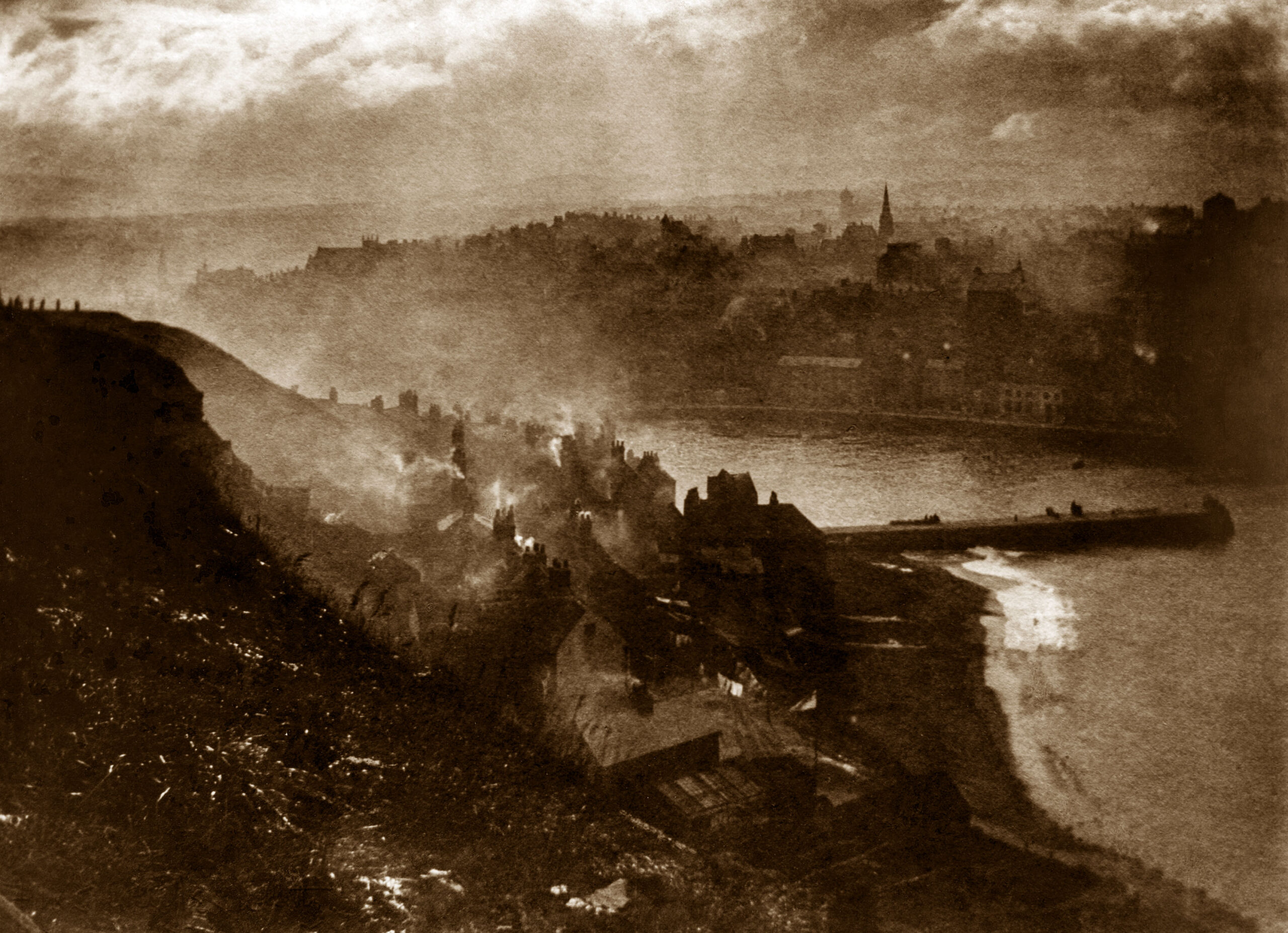
Although I was unaware of Frank Meadow Sutcliffe, he was one of the world’s most well-known photographers during his active years of the late nineteenth and early twentieth centuries. His work was exhibited globally, and he won multiple awards for his photographs. He was also a member of the British photographic society known as The Linked Ring, a group that brought together many of Britain’s, and North America’s, finest art photographers. Some of the most recognisable names in the group included Henry Peach Robinson, a founder member, Alvin Langdon Coburn, and Fredrick H. Evans. They were later joined by Americans Clarence H. White and Alfred Stieglitz who would go on to create the USA’s counterpart to The Linked Ring, the Photo-Secession.
Sutcliffe’s photography was not free of controversy. His most famous photograph, entitled Water Rats, featured a group of naked children playing in and around a boat. As Sutcliffe’s Wikipedia entry notes, “the image is not erotic. Sutcliffe was using the conventions of the academic nude to show how photography can approach art.” It was even purchased by the then Prince of Wales (who would later become Edward VII). Yet, it was still enough to get Sutcliffe excommunicated by his local church. Why? They claimed that it was likely to “corrupt” women! I suspect the irony of this ludicrous claim was entirely lost on the prudish prelates.
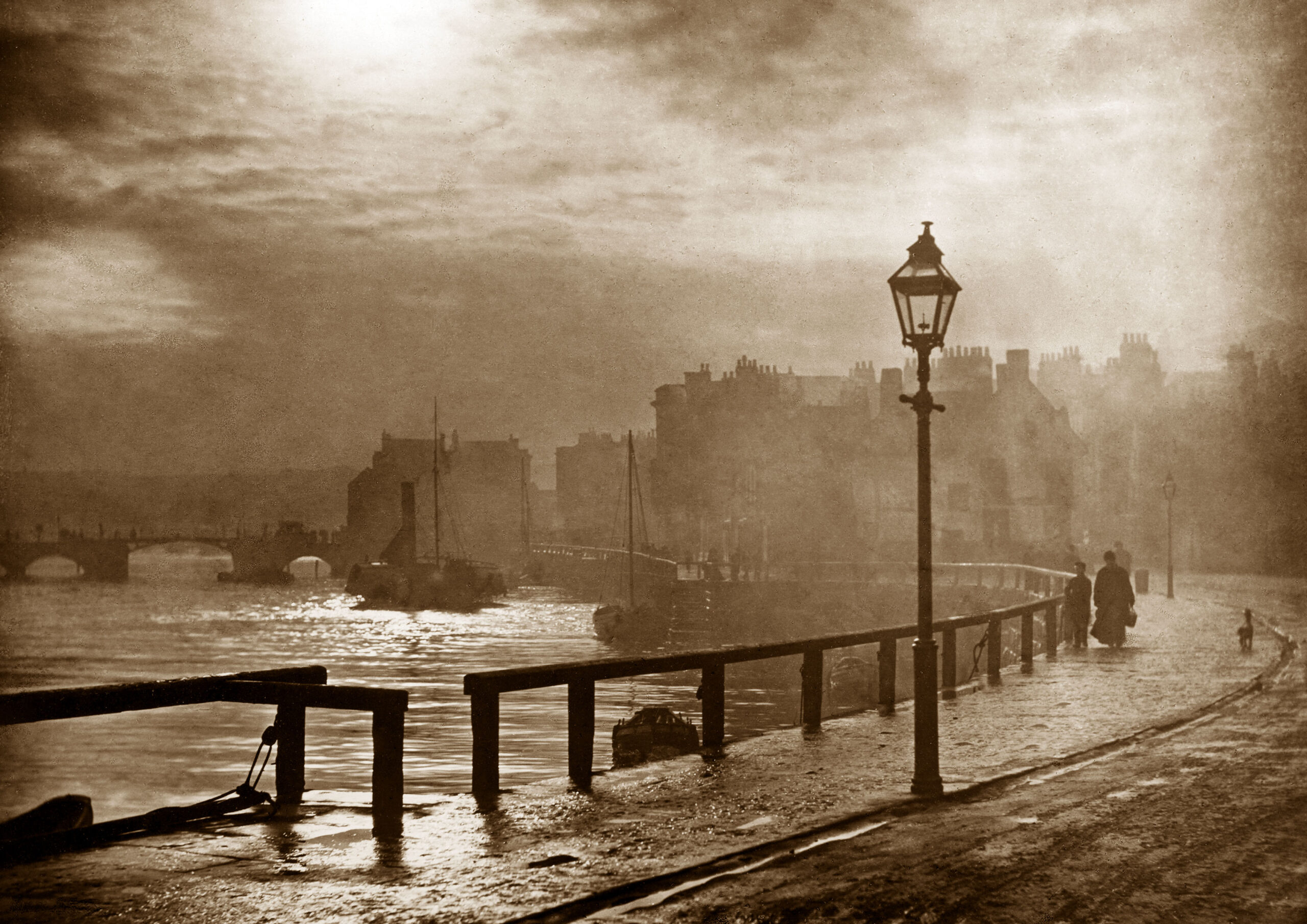
In my view, the photographs in this article are wonderous. They are as fine a group of images as I have seen from that period. What is more, you could choose a hundred more from Sutcliffe’s portfolio and each would leave the viewer feeling like they had dined on the most magical photographic meal.
The Haven under the Hill and Pier Road, Whitby are glorious examples of pictorialism. They are both lovely pieces of art and ooze both atmosphere and a sense of place. Whitby is, of course, one of the major locations for Bram Stoker’s great novel Dracula and commentary written on The Haven under the Hill notes that it is not difficult to see why. Despite the brilliance of these two photographs, it is our banner image, The Dock End, Whitby in 1880, that has captured my often rather cynical heart most of all. Like the others, it is filled with time and place, but I find so much more in it. This is an image so precise in its composition and focus that it precedes and predicts modernism in photography many years before Stieglitz made his early modernist masterpiece The Steerage in 1907.
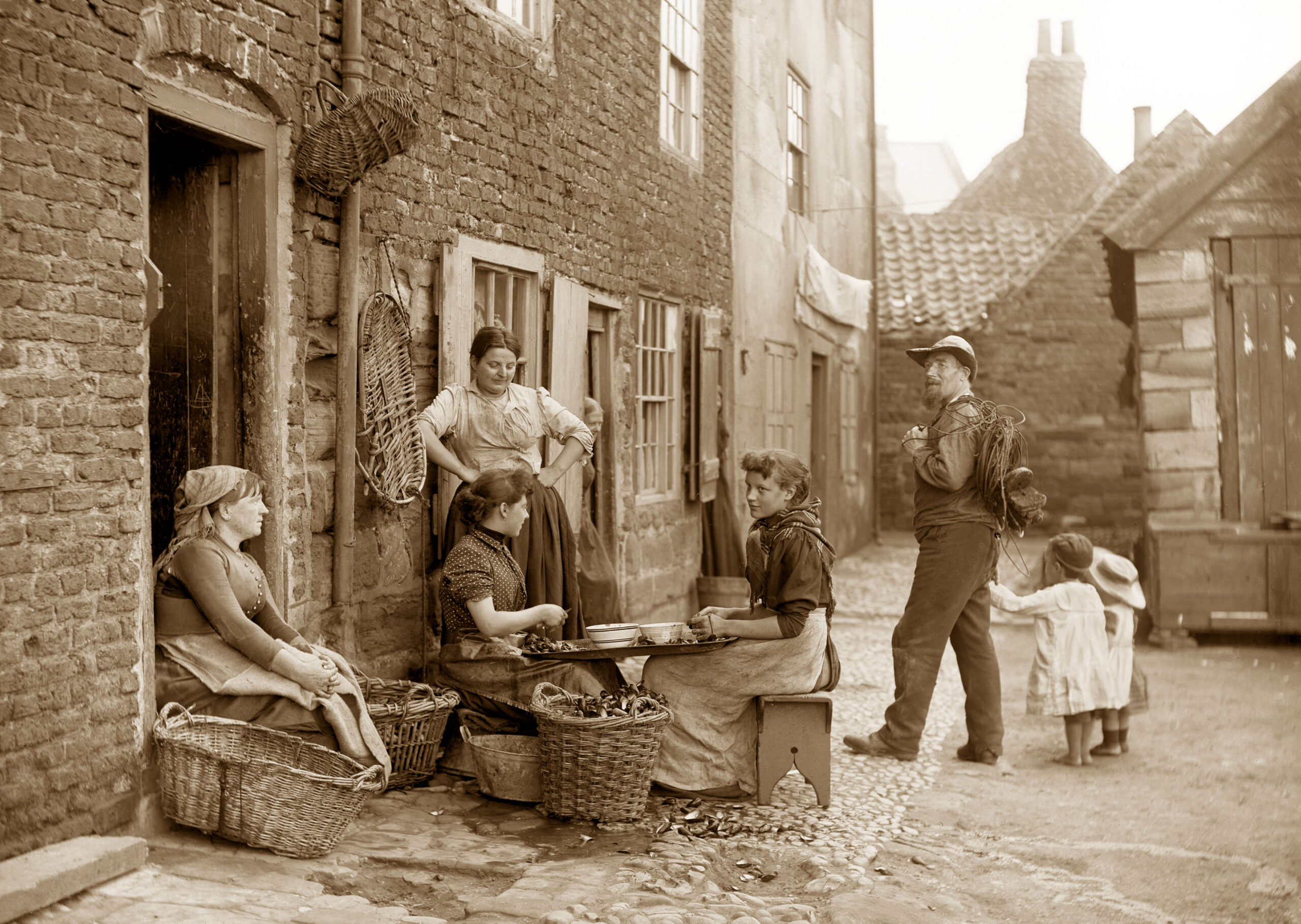
The other two images featured in the article, Girls Skaning Mussels and Barry’s Square, The Cragg, Whitby, are perhaps more typical of photography that we often see from the period. This is not to say that they are anything less than exceptional. The poses have that wonderful static quality to them that reflects the long exposure times required by the technology of the time. They place the viewer squarely into a bygone age, and every look reveals something new in each picture. For example, the two ladies barely creeping out of their doors in the background of Girls Skaning Mussels, or the washing hung out to dry over the fences above Barry’s Square. The images are so good that it is a challenge not to romanticise the places and lives contained within them. However, we should not. These were not wealthy people; the living conditions for the regular folk of Whitby were clearly challenging.
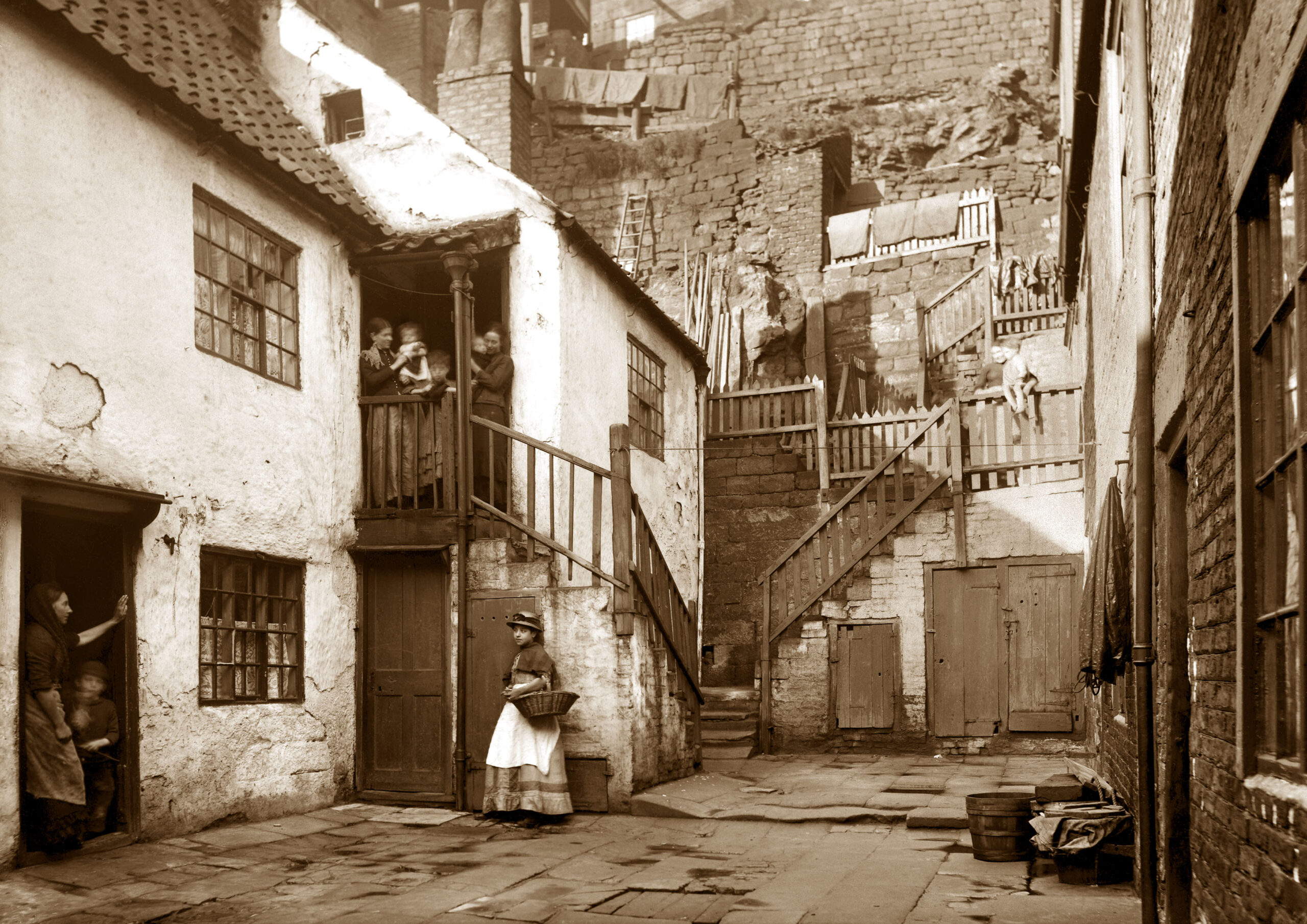
It must be noted that the work does benefit from modern scanning and processing. There is a level of clarity in the reproductions beyond what we would normally find in historic prints. This in no way detracts from the quality of the work presented. In fact, it allows these wonders to be seen at their very best. There can be no argument that the custodians of Sutcliffe’s work are meticulous, respectful, and devoted in their care of his work. Those custodians are The Sutcliffe Gallery, based in Whitby and run by Michael Shaw, who kindly assisted in the creation of this article. Unfortunately, the physical gallery is now permanently closed, but its online incarnation still offers fine modern prints of Sutcliffe’s work for sale at very reasonable prices.
Whilst I write this column with the reader in mind, I must admit that I get so much more satisfaction from its development when, upon its completion, it has changed something in me. In this case, it is a rare and grand pleasure to add a new artist to my personal list of favourite photographers. Frank Meadow Sutcliffe was a master photographer who was clearly working at the cutting edge of creative practice. There is a level of precision in his work that marks him as special. It is something that you rarely see from his contemporaries. The time that I have spent with his portfolio makes me feel happier and more positive in my attitude towards British photography of the late nineteenth and early twentieth century. It is my hope that Sutcliffe’s work will also have a significant impact on how you look at photography of that period, and that you too will add his name to your own list of favourites.



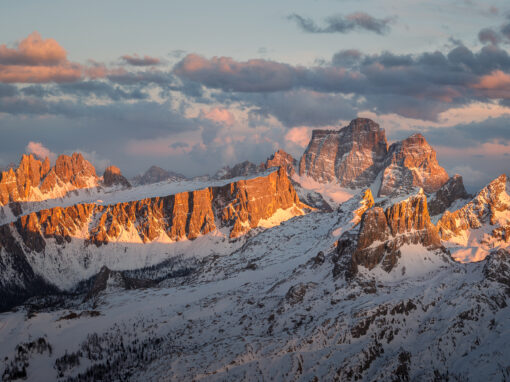
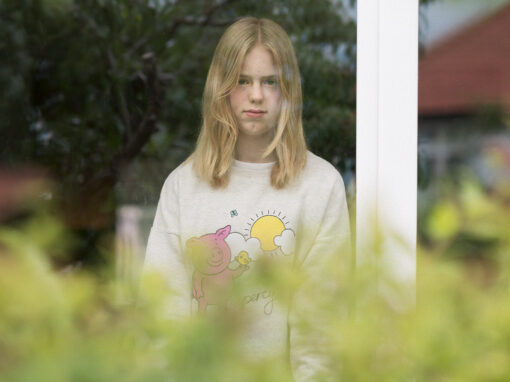
Danielle
November 7, 2023 at 01:32
I thoroughly enjoyed this article and share your sentiments; it is all in the details Like you I stumbled upon Sutcliffe and was immediately captivated and view his work as a mechanism to look back in time, at real moments in peoples lives, unobtrusively.
Duncan
April 28, 2024 at 14:12
Thank you for an excellent article. I have known about Sutcliffe for 40 odd years, but then I am British! He transports you back in time to a harsher but simpler world in a way that can make you fell almost part of it. What he also conveys is the rather wild and bleak Gothic feel of the place, dominated by a ruined abbey that was home to the synod of Whitby in 664 which changed the nature of the English church. It was certainly an appropriate place for Dracula to come ashore. Today Whitby is rather taudry and inappropriately over commercialised and you have to work really hard to imagine Sutcliffe’s world. Fortunately we have those images which are now wholly owned by the local museum. For me he will always be an icon of British photography in the way that he captured the life of the town in both a technically brilliant and creative way.